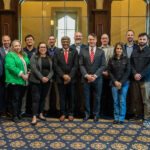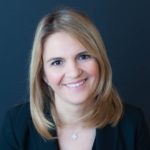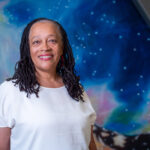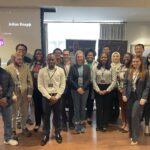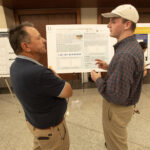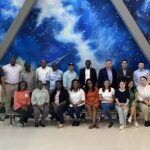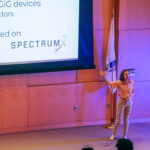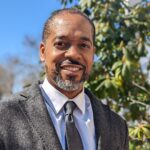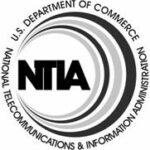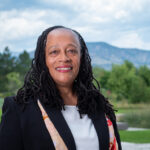Should I Stay or Should I Go? Black Engineering Students Deciding to Stay or Leave Engineering Majors
Featuring Dr. Tanya Ennis
Broadening Participation Director
SpectrumX Center and Research Support Office (RSO)
University of Colorado Boulder, College of Engineering and Applied Science
Abstract
Dr. Ennis’ presentation will highlight the findings of her dissertation which include multiple configurations of factors working together that inform Black engineering students in making a decision to stay or leave engineering majors. Her theoretical framework draws upon research on the continual reinforcement of the racialized environment on university campuses, academic social supports, resilience responses and feedback loops. Dr. Ennis’ dissertation topic grew out of her desire to center and understand Black students’ experiences in engineering, revealing the complexities of why Black students choose to stay or leave. She will outline the results of her findings and reveal the multiple factors working together that contribute to Black engineering students deciding to stay or leave.
Biography
Dr. Tanya Davis Ennis is the Broadening Participation Director for the SpectrumX Center and for the Research Support Office (RSO) at the University of Colorado Boulder’s College of Engineering and Applied Science. She received her B.S. in Electrical Engineering from Southern University in Baton Rouge, Louisiana and her M.S. in Computer Engineering from the University of Southern California in Los Angeles, California. She also recently earned her PhD in Education in Learning Sciences and Human Development from the University of Colorado Boulder where the School of Education faculty committee awarded her the Outstanding Dissertation Award for her dissertation entitled Yearning to Learn: A Qualitative Comparative Analysis of Black Engineering Students Deciding to Stay or Leave Engineering Majors.
As a low-socioeconomic, first-generation college student who grew up in rural Louisiana, Dr. Ennis encountered multiple factors that impacted her decision to study engineering, to graduate and to pursue a career in telecommunications with AT&T Bell Laboratories, US WEST Communications and COVAD Communications where she developed and implemented large-scale systems. After a career in the telecommunications industry, Dr. Ennis transitioned into teaching high school mathematics, with an emphasis on educating students of color who struggled with learning mathematics. She later began her career at CU Boulder where she directed the Engineering GoldShirt Program and the BOLD Center, where she directed programs designed to support and engage underrepresented students to succeed as engineering students. Dr. Ennis also taught introductory physics and engineering project design; additionally, she created new curriculum to serve students needing additional academic instruction, especially for the calculus sequence. A number of ASEE conference papers on the Engineering GoldShirt Program and other topics are published by Dr. Ennis.
This event will take place February 7, 2023, at 3 p.m. EST/ 2 p.m. CST/ 1 p.m. MST/ and noon PST.
